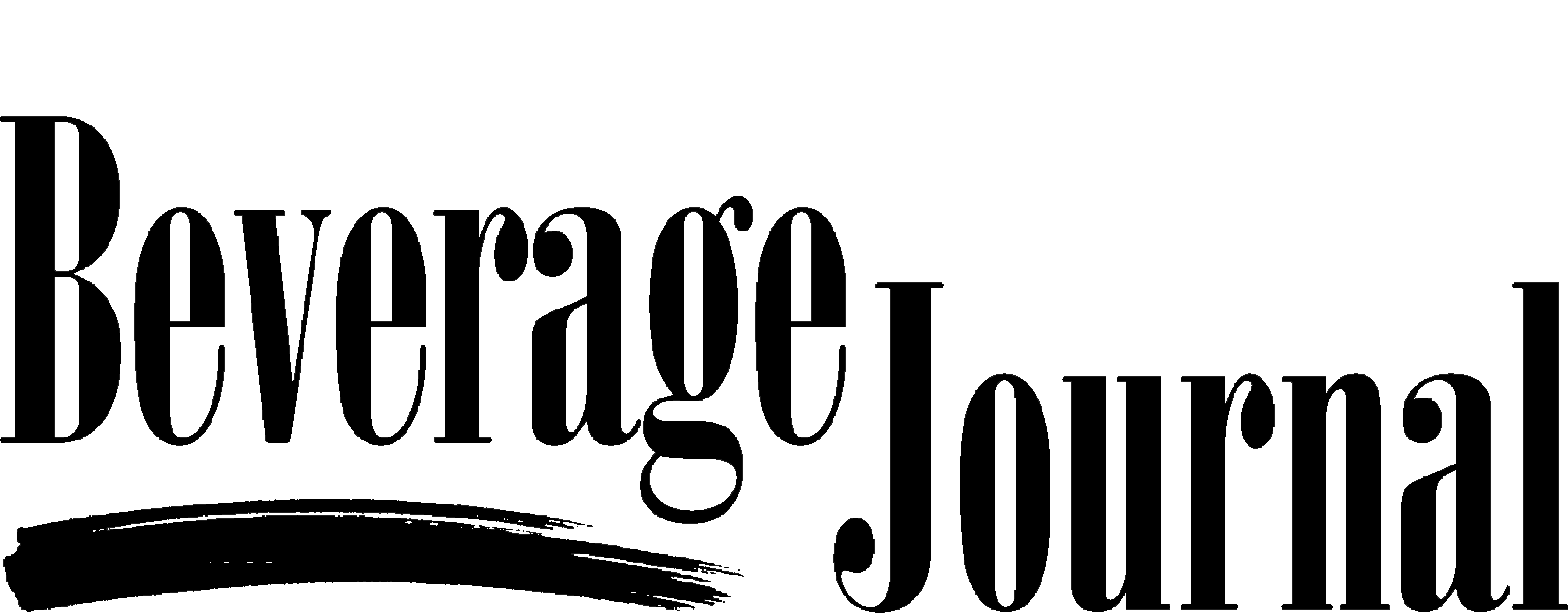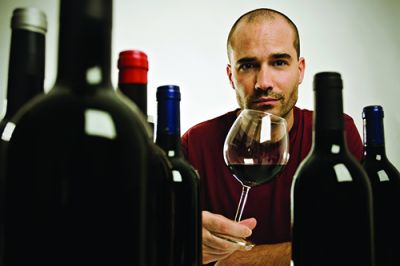Trending Articles ...
Today's France
Change is the universal language of all modern industries. In this special section, we examine how innovations and adjustments are driving French wine, spirits, beer and cider sectors forward. From an entirely new category of “vin” to fresh brilliance behind the bar and the renewed relevance of beer and cider on the global market, France is demonstrating more flexibility and quality than ever in the nation’s history.
Even better, these improvements have made French alcohol products more relevant to today’s American consumers, who are eager to discover quality, style and value to fit their fast and varied lifestyles.
Selling French Wine in the 21st century in a bigger, faster world, French wine needs (and deserves) quicker, simpler selling points.
Last century France defined wine. Vignerons had pioneered the delicious synergy of the right grapes planted in the right places. More importantly, they turned that savoir-faire into a system—Appellation d’Origine Contrôlée (AOC)—which gave that grape-place synergy an economic framework, essentially turning wine regions into brands with built-in quality control and marketability. Wherever people cared about wine, voilà, regional French wines stood apart as the ones to know, the ones to buy, the ones to drink, the ones to collect.
They were also the ones to emulate. While the French never stopped what they were doing—indeed, one can argue they continued to make better and better wine over the decades—the rest of the world caught up. With California coming on strong, Americans began enjoying wines that simply spoke a different language than French wines: they spoke grapes first, origins second.
It makes little sense today, shin-deep in the 21st century, to look backward. The key now is to position French wines in the modern-day global context, and to translate their virtues to a new generation of Americans.
A tall order? Perhaps, but eminently achievable. French wines continue to be reliable expressions of the right grapes in the right places—ready and able to be part of the American table. On-premise and off-, consider the following tips and talking points to help expose your customers to French wines in ways they can understand and use to suit their own personal tastes.
Fear Not Grapes. The logic here is obvious: Wine drinkers who already have varietal preferences deserve to know their full range of options. Whether verbally or through signage, restaurants and stores alike need to assertively draw parallels between familiar grapes and French wines.
✓ Like Chardonnay or Pinot Noir? Try a white or red Burgundy.
✓ Sauvignon Blanc? Sancerre is just one of several SB options.
✓ Cabernet? Merlot? Those are longtime dancing partners in Bordeaux.
✓ Shiraz? That’s the same as Syrah, the lead grape in many Rhône wines.
Americans are famous for forgetting basic information about wines (including ones they really like). And even enthusiasts who know their Pouilly-Fumé from their Pouilly-Fuissé might not know that France makes strapping Malbecs in Cahors. It is amazing at how frequently even the most basic grape-region connections will be welcomed with surprise, relief and/or appreciation.
Yes, varietal change is in the air. But while the new Vin de France designation emphasizes grapes (see following article), embracing the interplay of grape and place remains central to selling French wine.
Food Anyone? French wines were built to enjoy with meals, not to impress a critic tasting 20 wines blind in a sitting (without a crumb in sight). Where New World wines tend to be bold and aggressive, French examples made with the same grapes tend to be more subtle, elegant and higher in acidity—and then they rise to the occasion with food. The wine elevates the food, and vice versa—whether it’s Tuesday meat loaf or Saturday dinner out.
It’s no accident that French wines have for so long been the foundation of great wine lists, but that inherent food-friendliness is by no means limited to high-end wines. It all starts in the vineyard: The climate doesn’t let them get overripe, which means once the wines , there is no over-extraction and high alcohol that has to be countered with obvious wood. When grapes get just ripe, their structure as wine—alcohol, acid, tannin—contributes to a natural balance.
Many people find it easier to talk about food than wine. Think of food as common ground—we all eat—and France’s stellar track record and food-friendly attributes belong in the wine-selling conversation.
The ‘T Word’ as a Sales Tool. Has any wine term been bandied about more than terroir? It’s ironic—almost comical—given that the word is habitually as having no English translation. But that has not stopped anyone from grabbing the slippery concept of soil+sun+temperature+rainfall+slope+etc. and applying it to wines from Patagonia to Padthaway to Paso Robles.
In truth, the concept remains thoroughly viable in France. Sauvignon Blanc wine from Bordeaux is distinct from sauvignon Blanc from Sancerre, which is distinct from Pouilly Fumé… and Quincy… and Menetousalon. The wines are similar, but different enough to deserve their own name. That remains the essence of French wine.
Don’t be afraid to talk terroir: it is absolutely a concept people “get.” Terroir is what makes tomatoes thrive in New Jersey, peaches in Georgia, wheat in Kansas. That “T word” is at play with grapes, with precision, all over France, making it a viable sales tool for les vins.
Get what You pay For. Surrounded by crowded shelves and a diverse array of wine lists, Americans can be excused for believing that wine pricing is chaotic. But in France, more than in other countries, the wine system features a hierarchy wherein quality reliably determines price. Take any French region; the most basic wine is the most plentiful and cheapest; and as you move up in hi-, you spend more but get more—more intensity, complexity, personality and (some-times) longevity. French wine pricing is more method than madness.
The Standard Bearers. Maybe the strongest argument for the vitality (if not superiority) of French wine is found in the way techniques pioneered in France have been adopted across continents. Remind your customers that the French invented:
✓ Close vine-spacing
✓ Pruning to modulate sun exposure
✓ Grape triage during harvest
✓ Saignée during fermentation
✓ Carbonic maceration
✓ Vinifying vineyard blocks separately
✓ Blending grape varieties
✓ Inducing a second fermentation in the bottle
✓ Barrel aging
✓ Estate bottling
✓ Late-harvesting botrytised grapes
✓ Fortifying wine to add strength and retain sweetness
✓ Second labels
Keep It Real. Certainly geography remains the canvas for the French art of wine, but the artist’s palette of grapes is more relevant to your clientele nowadays, and style has moved into the discussion alongside of terroir. Think of French wine as a mosaic of wine types, not just a map of regions. Remember how people really use wine; you can sell French wines with confidence.


